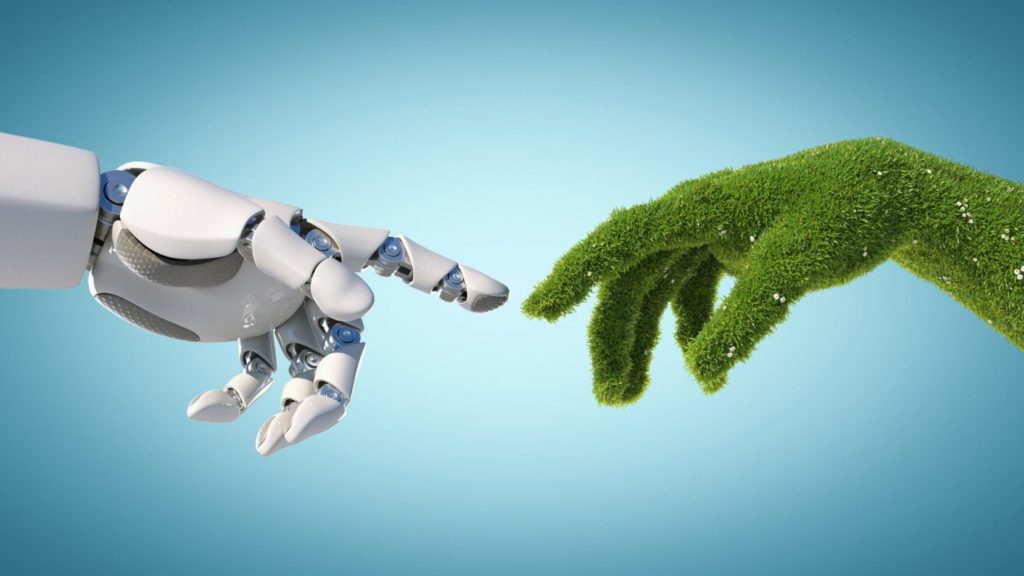
Where do you actually draw the line of natural and artificial?
A lot of the time I catch people talking about the artificiality of our present day world. Amongst many discussions, the natural world versus a man made one is a relevant topic. It is quite depressing in some cases, for technology has given rise to a human-dominated world, with nothing but harm coming towards the natural way of things.
“We need to go back to the natural way of living, like our ancestors knew”
“Technology is destroying us”
“There’s nothing natural about phones”
These are just a few quotes that I’ve heard of many pertaining to present-day technology. It is true, there is quite a difference in the appearance of many items that man has invented- vehicles, phones, accessories, and everything else- and what one can find in nature, such as flowers, trees, or rivers. Even shelter, something that every animal needs, varies in appearance greatly from species to species; Yet, shelters built by humans are more complex and are easily distinguishable from other species (not just in size, but in shape and structure as well). It’s easy to see how one could categorize something as artificial versus as something natural here- if it’s completely different than other examples we see in nature, then there’s no way it can come from nature as well- therefore, it must be artificial.
However, what does this really tell us? Is it actually possible to completely categorize something as artificial only because of difference in appearance?

Human House 
Ant Hill
According to the dictionary, not necessarily. Merriam-Webster defines artificial as “humanly contrived, often on a natural model”.
I’d argue that “artificial” things aren’t always the opposite of nature as we see it. Instead, they are extensions of nature. Though sometimes there are stark differences, man also can mirror nature in his invented technology. Take for example, a prosthetic leg- a piece of technology that is made from man. It is derived from something normally found in nature on a human- a functioning leg- and is created artificially in effort to help another fellow human, who is missing that natural body part. Perhaps this is because humans are an extension of nature as well- our species, just like the rest of the members of our planet, were created and formed from the very elements that surround us, on a cosmological and planetary scale. Our creation or evolution was in conjunction with many of the other things that we find in nature- just as we stand on the earth today, so do countless species of creatures and plants, for example.
With this in mind, does it not seem odd that only humans make artificial things? How is this possible? If artificiality comes from altering or manipulating nature, how can other species behavior or adaptations be labeled as completely natural? For example, beavers fall trees and utilize the wood for shelter. Isn’t that exactly what we do as well? Yet, upon completion, one structure is labeled as natural and the other as artificial. Perhaps it’s a way to describe complexity of function, or perhaps it’s what we see ourselves as. But you have to wonder, what does nature actually see us as?
cover image via: https://www.techandnature.com/wp-content/uploads/2019/05/AdobeStock_219812371-e1557931322211-scaled-1660×934.jpeg
ant hill image via: https://www.modernpest.com/uploads/Ant-Hill.jpg
house image via: https://victoria.modernhomemag.ca/wp-content/uploads/2018/09/DSC6547.jpg